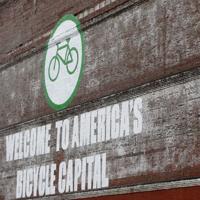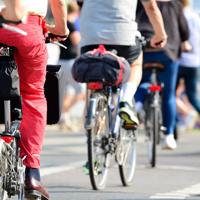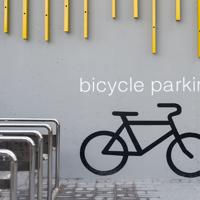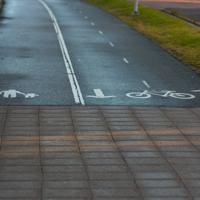Cycling is a dynamic way to explore urban environments, whether you’re commuting daily or embarking on a leisurely ride. Every city offers a unique experience, shaped by its infrastructure, culture, and climate. In this article, we’ll explore what it’s like to cycle in different cities and share some pointers to help you make the most of your urban cycling experience.
Cycling in Amsterdam
Amsterdam is often hailed as a cycling paradise. With over 500 kilometers of dedicated bike paths, it offers a safe and welcoming environment for cyclists. The city is generally flat, which makes cycling accessible to people of all fitness levels. Moreover, the local culture strongly supports biking as a primary mode of transportation.
Tips:
- Always yield to trams and pedestrians. The Dutch have a saying, “pedestrians are king.”
- Use hand signals to indicate turns; it’s a common practice here and ensures smooth traffic flow.
- Lock your bike properly. Bike theft is common, so it’s advisable to use a sturdy lock.
Cycling in Copenhagen
Copenhagen stands as a model city for cyclists. The city’s infrastructure includes well-maintained bike lanes and traffic lights specifically for cyclists. It’s not just the infrastructure but also the local ethos that promotes cycling, with many locals commuting throughout the year despite the cold weather.
Tips:
- Wear weather-appropriate clothing. Winters can be harsh, so layering is key.
- Practice bike etiquette. Copenhageners often cycle swiftly, so keep to the right side if you’re a slower rider.
- Utilize the bike superhighways for quicker commutes.
Cycling in New York City
Cycling in New York City can be thrilling yet requires some savvy. With a mixture of bike lanes, protected paths, and busy intersections, it’s crucial to stay alert. Recent infrastructure developments, like the Hudson River Greenway, have improved cycling conditions significantly.
Tips:
- Plan your route ahead of time. Utilize maps or apps to find the safest and most efficient paths.
- Stay assertive but cautious. NYC roads can be hectic, so make sure you’re visible and clear in your movements.
- Be wary of car doors. The “door zone” is a real hazard, so keep a safe distance from parked cars.
Cycling in Tokyo
Tokyo offers a unique cycling experience with its blend of tradition and modernity. While dedicated bike lanes are not as widespread, cyclists often share sidewalks with pedestrians. The city is largely accommodating, but it helps to understand local customs.
Tips:
- Respect pedestrian zones. Cyclists often share space with walkers, so ensure you ride at a moderate speed.
- Consider a folding bike. It’s a convenient option for navigating public transport systems.
- Learn some basic Japanese phrases. A little language can go a long way in communicating on crowded paths.
Research and Resources
Several studies highlight the benefits of cycling in urban areas, such as the reduction of traffic congestion and improved public health outcomes. According to a World Health Organization report, urban cycling helps mitigate air pollution, benefiting both individual health and the environment.
Urban cycling movements have been supported by organizations like The League of American Bicyclists, which provides resources and advocacy to improve cycling conditions.
Conclusion
Cycling in urban environments opens doors to new perspectives and experiences. Even though each city presents its own challenges, the opportunities for exploration and sustainable commuting are vast. Remember, the joy of urban cycling often lies in the journey itself. Enjoy the ride and discover what each city has to offer on two wheels.
Feel free to share your experiences and tips with the bikelanes.com community. We’d love to hear from you!




